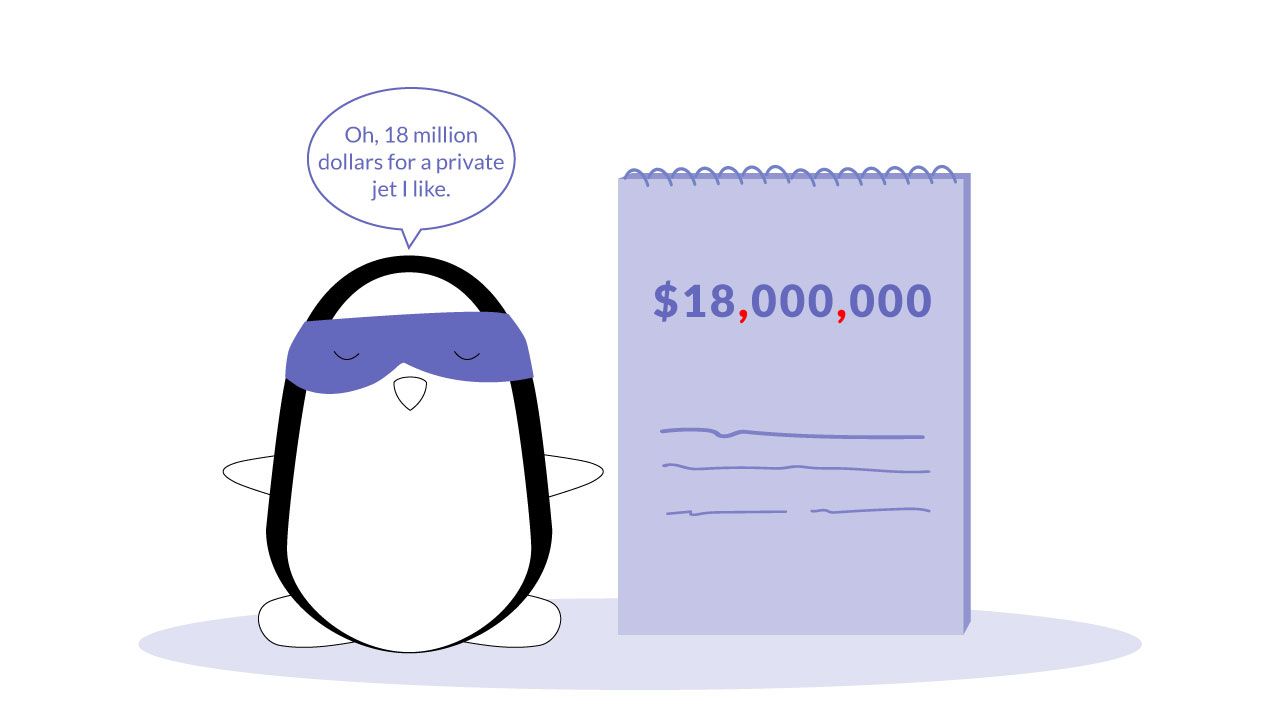
Most people would agree that writing numbers is not the most exciting topic in the world. However, it is an important skill to have, especially for students. Just remember to stick to a specific style guide if you have one.
Whether you’re only at the beginning of your English learning journey or you work in an English-speaking environment, learning how to use English numbers correctly will allow you to improve your skills. And, while there are many guidelines for how to properly spell numbers in spoken English, there are also several rules for writing them correctly.
In the English language, we typically write numbers as words and there are specific rules outlined for doing so. In this brief, we will explore the different ways to write cardinal and ordinal numbers and when to use each one along with punctuation marks needed. We will also look at fractions and decimals and provide some examples for clarification. Let’s start!
Cardinal Numbers
Cardinal numbers are the numbers that we use to count objects, people, animals, etc. Cardinal numbers represent a quantity. When writing cardinal numbers, we can either write them out as words or use digits – numerals from 0 to 9.
When it comes to using cardinal numbers in writing, we usually spell out numbers from 1 to 9, i.e., write them as words. For example:
- I have one sister.
- There are five apples in the fridge.
Although The Chicago Manual of Style recommends spelling out numbers zero through one hundred, this style can make your writing unnecessarily complicated and takes out too much space. As such, you should use numerals to express large numbers (i.e., above nine or ten – depending on the style guide). For example:
- There are 12 people in my team.
- The temperature today is higher than 30 degrees Celsius!
When it comes to fractions, you should spell them out in formal writing. In casual texts, this is a matter of preference.
- You have completed just one quarter of the book.
- Take a half gallon of milk // Take 1/2 gallon of milk.
Another important thing to note is that currency symbols, such as a dollar sign, should be placed in front of the number in writing. In English, we also use commas with figures of four or more digits – you should place a comma after every three digits. For example:
- He won $10,000 in the lottery.

We also use cardinal numbers to write precise time in English, such as 19:23. Although time can be expressed in various formats, you may want to stick to a 24-hour system to avoid misunderstandings and confusing AM and PM. We use numerals for writing time as well as phone numbers.
We use a hyphen (-) to connect two-word numbers in writing. You should hyphenate all compound numbers from twenty-one through ninety-nine. For example:
- My sister is twenty-seven years old.
- This coat costs ninety-eight dollars and ninety-nine cents.
- I have finished twenty-five percent of this task.
If the sentence begins with a number, we always spell out numbers, no matter how small or large they are. For example:
- Two hundred and fifty babies are born every minute.
- Forty-seven minutes are left.
If you want to avoid spelling out numbers that have three or more digits, you can try and rearrange the sentence so the number doesn’t come first. You could write it like this:
- There are 250 babies born every minute.
- There are 47 minutes left.

How to Write Years and Decades
There are different ways to express decades in writing. For example, the shortest format to write decades is using two-digit numbers with an apostrophe before them and an s after them, e.g., ‘60s. You can also write an entire decade in numerals with an s after it – the 1960s.
However, when in doubt, it’s better to write them out – the sixties. Longform numbers tend to be the most suitable format for formal writing.
If you are referring to a specific year, use Arabic numerals, e.g., 1969. Sometimes, Roman numerals are also suitable – for example, in books (to number the chapters), titles (like Elizabeth II), or for the copyright date on films, television programs, and videos.

Ordinal Numbers
Ordinal numbers are the numbers that we use to express order or rank in a sequence, e.g., first, second, third, etc. Ordinal numbers represent position. We also use ordinal numbers to write dates in English - for example, the 4th of July.
To write ordinal numbers in words, we add th to a cardinal number, e.g., seventh. However, there are several irregular ordinal numbers you need to memorize by heart:
- one - first
- two - second
- three - third
- five - fifth
- eight - eighth
- nine - ninth
- twelve - twelfth
To write ordinal numbers as numerals, we add the last two letters of the written number to it. Like this:
- first - 1st
- second - 2nd
- third - 3rd
- fourth - 4th
When spelling out large numbers, we only change the last numeral to an ordinal number. For example:
- I was three hundred twenty-first in line to buy tickets for this concert.
Fractions and Decimals
We use fractions and decimals in the English language to indicate partial amounts of something.
You can create fractions of whole numbers using both cardinal and ordinal numbers. The numerator (the numeral above the line) is always a cardinal number while the denominator (the numeral below the line) is always an ordinal number. For example, fraction number ⅕ should be written out as one-fifth.
When a numerator is greater than one, we use the denominator in plural by adding an s - ⅔ should be written out as two-thirds.
Mixed fractions are often expressed in figures unless they begin a sentence. For example, both these examples will be correct:
- For this recipe, you need 1 ¾ cup of flour.
- Five and half hours of sleep isn’t enough for proper rest.
A decimal is a number that consists of a whole number and a fractional part separated by a decimal point, e.g., 1.275. Decimals are always written as numerals for clarity and accuracy.
However, it’s not advised to use a decimal point or a dollar sign when writing out sums of less than a dollar. For example:
- I have only fifty cents left in my pocket.
Keep in mind that we use decimal points in decimal numbers, and decimal commas – to separate larger numbers.
The Bottom Line

As you can see, there are several rules you need to follow when writing numbers in English, but the great news is that the majority of these rules you already understand intuitively. As such, writing numbers shouldn’t be a problem for you.
However, the main rule is to choose a specific style guide and stay consistent with it throughout the whole text. You can choose from Chicago style, MLA style, APA style, or AP style, to name a few, and consult with them whenever you’re in doubt.
You should also consider downloading our Langster app and learn English with stories! This way, you’ll get even more examples of using numbers in daily contexts and pick up proper phrasing. Good luck!









